Search Definitions
Browse Content (p. 219)
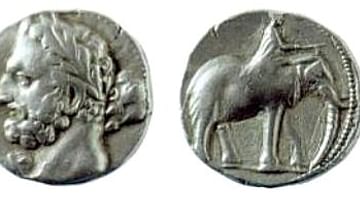
Definition
Hamilcar Barca
Hamilcar Barca (c. 285 – c. 228 BCE) was a Carthaginian general active in the First Punic War (264-241 BCE). He then quashed a rebellion closer to home between 241 and 237 BCE before returning abroad, where he successfully expanded Carthaginian...
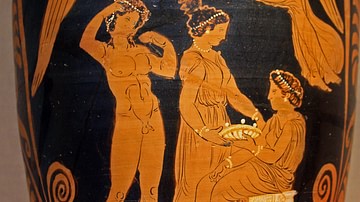
Definition
Furies
The Furies (or Erinyes, sing. Erinys) were creatures from Greek mythology who exacted divine retribution from those guilty of wrong-doing. Crimes which were especially likely to incur their wrath were those involving one's family and anything...

Definition
Third Punic War
The Third Punic War was fought between Carthage and Rome between 149 and 146 BCE. Carthage had already lost two wars against Rome, but their assault on their Numidian neighbours gave the Romans the perfect excuse to crush this troublesome...

Definition
Second Punic War
The Second Punic War (The Hannibalic War) was fought between Carthage and Rome between 218 and 201 BCE. The war involved confrontations in Spain, Italy, Sicily, Sardinia, and North Africa. Hannibal led the Carthaginians, one of the most gifted...

Definition
First Punic War
The First Punic War (264-241 BCE) was fought between Carthage and Rome largely over control of Sicily. The war was fought on the island, at sea, and in north Africa. Both sides enjoyed victories and suffered near-catastrophic defeats. The...
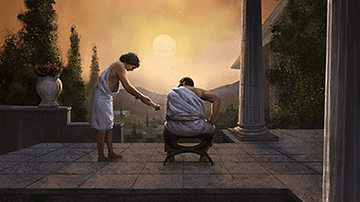
Definition
Agesilaus II
Agesilaus II (c. 445 – 359 BCE) was a Spartan king who won victories in Anatolia and the Corinthian Wars but who would ultimately bring total defeat to his city through his policies against Thebes. When Sparta lost the crucial battle of Leuctra...
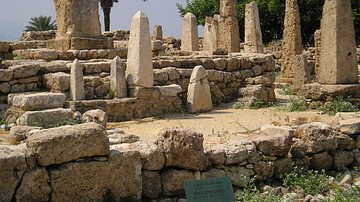
Definition
Phoenician Architecture
Phoenician architecture is typified by large temples with double-columned facades approached by a short staircase, enclosed sacred spaces containing cube-like and open-fronted shrines, and such large-scale engineering projects as dams and...

Definition
Thugga
Thugga (also Dougga) was a town in North Africa which was first a Numidian and then a Carthaginian settlement before being incorporated into the Roman Empire. The town was built on a strategically favourable limestone hilltop overlooking...
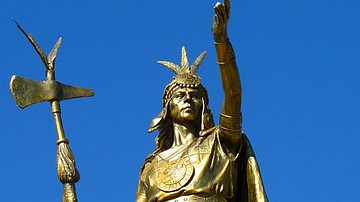
Definition
Inca Warfare
The warfare of the Inca civilization was characterised by a high degree of mobility, large-scale engagements of hand-to-hand combat, and the establishment of a network of fortresses to protect an empire of over 10 million subjects. Conquest...
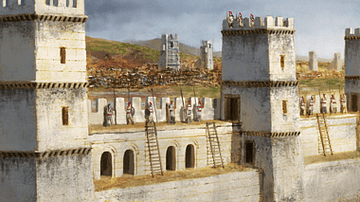
Definition
Timoleon
Timoleon (c. 411 - c. 337 BCE) was a Corinthian statesman and general who famously defeated the tyrant of Syracuse Dionysius II and an army of Carthage against the odds. Permanently settling on the island, he re-organized the governments...